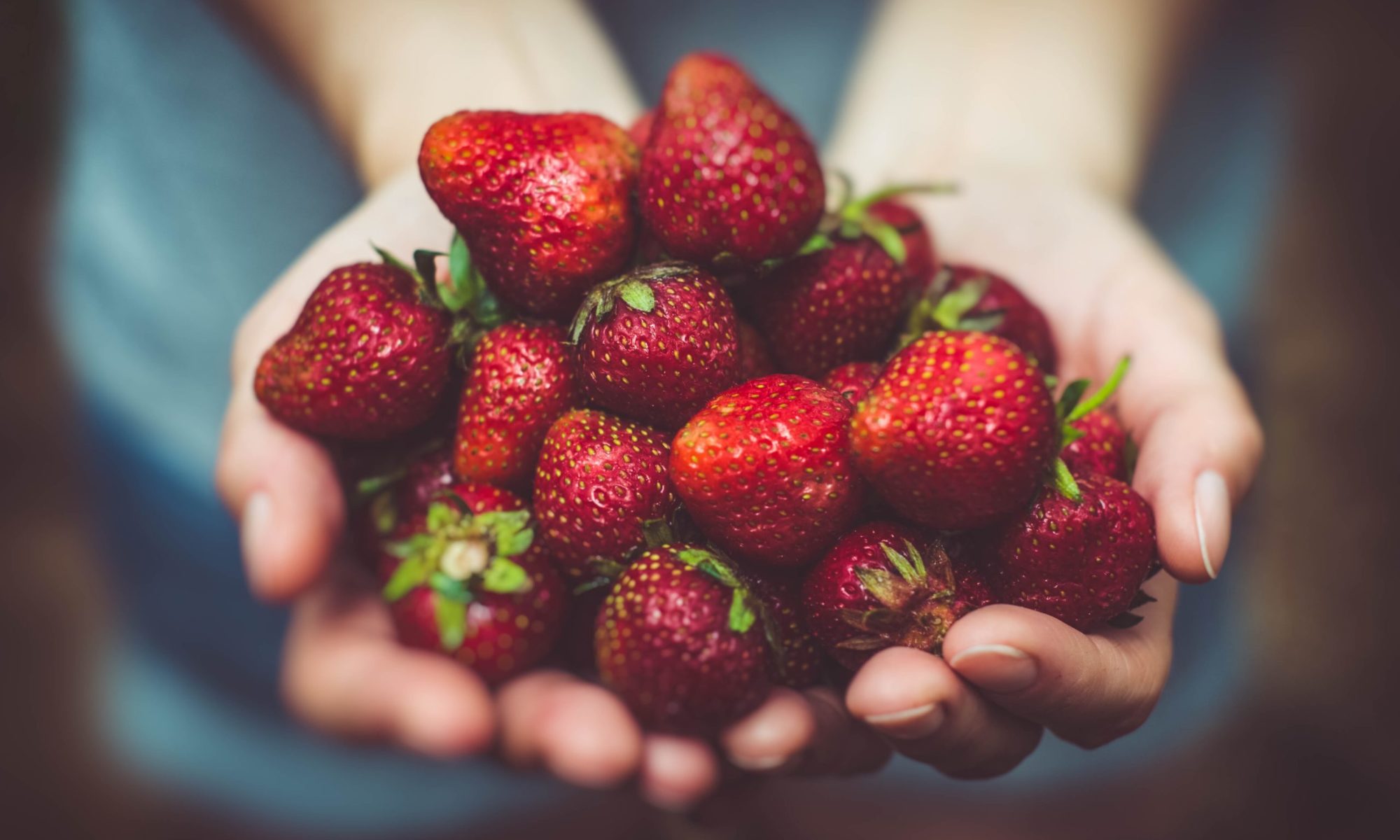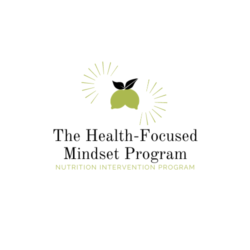A rationale for the development of an anti-restrictive diet behaviors-based program to reduce obesity
Submitted by Natalie Harris
In the United States, obesity is a significant health concern, and obesity prevalence increases with age. With the highest rate among youth, 12- to 19-year-old teens reached 20.6% obesity prevalence in the US by 2016 (Centers for Disease Control and Prevention [CDC], 2019). In the state of Indiana, 15.9% of adolescents were overweight and 12.8% were obese (CDC, 2012). If we combine those statistics, at about 28.7%, and if we applied that percentage to COVID-19 cases, almost 95 million people would be infected with the virus compared to the almost 5.6 million reported cases as of late August 2020 (U.S. Census Bureau, 2020; CDC, 2020). Indiana currently “ranks 13th in the country for obesity rates” within this age bracket (Barrett, 2019). This program seeks to address obesity in a target population of public high school students in the city of Indianapolis (U.S. Census Bureau, 2019). More specifically, this geographic area will comprise Marion county, which had 6,852 students enrolled in high school for the 2019-2020 school year (Indiana Department of Education [IDOE], 2019).
While weight loss and weight management are popular solutions to correct for obesity risk, there are repercussions to a diet and weight-focused approach. Research shows dieting and unhealthy weight control behaviors are correlated with higher BMI outcomes (Neumark-Sztainer, Wall, Story, & Standish, 2012). The Health-Focused Mindset (HFM) Program will address adolescent obesity risk and prevalence by focusing on the mal-effects of restrictive diet culture and misinformation about overall healthful diets in high school teens in Indianapolis, Indiana. The HFM Program will use a health-focused diet approach through classroom-based nutrition lessons with participating high schools and a culmination social media-based health promotion project. According to research from the Pew Research Center, most teens acknowledge the potential pitfalls of consistent social media use, while also citing three beneficial outcomes of social media engagement: “including strengthening friendships, exposing them to different viewpoints and helping people their age support causes they care about” (Anderson & Jiang, 2018). Social media has even proved to be a unifying and impactful force in the recent Black Lives Matter movement amidst varying forms of the COVID-19 pandemic quarantine (Lorenz & Rosman, 2020). The social media health promotion campaign will help participating high school students learn to communicate and share health information, thus providing effective engagement and creating social support both in their project group and in a virtual setting.
High school students begin to have more agency in their own behavior patterns, yet they encounter confusion when making their own food choices. Teaching these students skills at this point in their development could help them improve their “sense of competence and control over their own food choices” (Contento, 2020). Not only does the HFM program benefit students individually, but it helps students understand their relationship with body image and diet, which can create positive outcomes in the school environment. “Body image during adolescence is influenced by factors including self-esteem, gender, media messages, and pressure or support from peers and family,” and when students develop a sense of self-worth and a positive self-image, they are more likely to have higher levels of contentedness (O’Dea, 2012). This contentedness can serve as a “protective factor in terms of better mental health and social behavior,” thereby impacting social environments in schools (O’Dea, 2012). Body image and self-worth can also impact academic performance, as well as sporting ability and participation (O’Dea, 2012).
Much like other school-based peer-mentoring health programs, this program will facilitate engagement and thus impact long-term behavior change and sustainability. The social media-based health promotion project will function like a modified peer mentoring program, such as the Choose Health Action Teens (CHAT) program through Cornell University (Cornell University Division of Nutritional Sciences, 2020). Peer education has been shown to “improve social learning and provide psychosocial support” (Abdi & Simbar, 2013). Late adolescents rarely adhere to recommended healthy behaviors, especially behaviors regarding healthy eating and consumption (Banspach et al., 2016). The HFM Program gives high school students an opportunity to take ownership of their diet, influence sustainable behavior change, and have more agency to impact change in their environment.
References
Abdi, F., & Simbar, M. (2013). The Peer Education Approach in Adolescents- Narrative Review Article. Iranian journal of public health, 42(11), 1200–1206.
Anderson, M., & Jiang, J. (2018, November 28). Teens’ Social Media Habits and Experiences. Retrieved from https://www.pewresearch.org/internet/2018/11/28/teens-social-media-habits-and-experiences/.
Barrett, C. (2019, October 14). Indiana’s Childhood Obesity Rate Poor Yet Steady. Retrieved from https://www.wfyi.org/news/articles/indianas-childhood-obesity-rate-poor-yet-steady.
Bell, B. T. & Dittmar, H. (2011). Does media type matter? The role of identification in adolescent girls’ media consumption and the impact of different thin-ideal media on body image. Sex roles, 65(7-8), 478.
Castro, K. (2018). How is Diet Culture Affecting Me? Retrieved from https://youngwomenshealth.org/wp-content/uploads/2018/09/How-is-Diet-Culture-Affecting-Me.pdf.
Centers for Disease Control and Prevention. (2012, September). State of Indiana: Nutrition, Physical Activity, and Obesity. Retrieved from https://www.cdc.gov/obesity/stateprograms/fundedstates/pdf/Indiana-State-Profile.pdf.
Centers for Disease Control and Prevention. (2019, June 24). Childhood Obesity Facts. Retrieved from https://www.cdc.gov/obesity/data/childhood.html.
Centers for Disease Control and Prevention. (2020, August 21). Cases in the U.S. (COVID-19). Retrieved from https://www.cdc.gov/coronavirus/2019-ncov/cases-updates/cases-in-us.html.
Chastain, R. (2019, May 02). Recognizing and Resisting Diet Culture. Retrieved from https://www.nationaleatingdisorders.org/blog/recognizing-and-resisting-diet-culture.
Contento, I. R. (2020). Nutrition education: Linking research, theory, and practice (3rd ed.). Jones & Bartlett Learning.
Cornell University Division of Nutritional Sciences. (2020). CHAT Choose Health Action Teens. Retrieved from https://fnec.cornell.edu/for-partners/programs/chat/.
Indiana Department of Education. (2019). DOE Compass. Retrieved from https://compass.doe.in.gov/dashboard/enrollment.aspx?type=corp.
Lorenz, T., & Rosman, K. (2020, June 16). High School Students and Alumni Are Using Social
Media to Expose Racism. Retrieved from https://www.nytimes.com/2020/06/16/style/blm-accounts-social-media-high-school.html.
Neumark-Sztainer, D., Wall, M., Story, M., & Standish, A. R. (2012). Dieting and unhealthy weight control behaviors during adolescence: associations with 10-year changes in body mass index. Journal of Adolescent Health, 50(1), 80-86.
O’Dea, J. A. (2012). Body image and self-esteem. In T. F. Cash (Ed.), Encyclopedia of body image and human appearance (pp. 141–147). Elsevier Academic Press.
U.S. Census Bureau. (2019, July 1). U.S. Census Bureau QuickFacts: Indiana; Indianapolis city (balance), Indiana. Retrieved from https://www.census.gov/quickfacts/fact/table/IN,indianapoliscitybalanceindiana/PST045219.
U.S. Department of Health and Human Services. (2017). Dietary guidelines for Americans 2015-2020. Skyhorse Publishing Inc.
United States Census Bureau. (2020). U.S. and World Population Clock. Retrieved from https://www.census.gov/popclock/.

